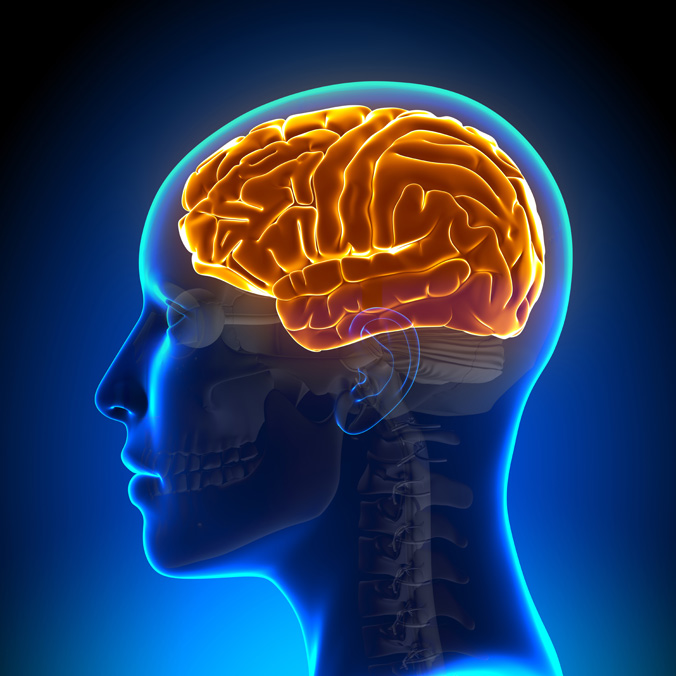Brain structure of transgender teens resembles their desired gender
Teenagers with gender dysphoria have brain structures and responses that are similar to that of their experienced gender rather than their birth sex, according to research presented at the European Society of Endocrinology annual meeting.
“Although more research is needed, we now have evidence that sexual differentiation of the brain differs in young people with gender dysphoria, as they show functional brain characteristics that are typical of their desired gender,” Julie Bakker, PhD, from the University of Liège, Belgium, said in a press release.
To determine whether the presence of uncharacteristic amounts of sex steroids during a time of neuronal sexual differentiation may lead to the development of gender dysphoria, Bakker and colleagues used MRIs to examine the brain structure and function of the brain in those with diagnosed gender dysphoria. Participants included prepubertal children and teenagers.
The researchers first assessed brain activation when participants were exposed to androstadienone. This putative male chemosignal induces sex differences in hypothalamic activation (women > men). When examined, Bakker and colleagues observed that teenage girls and boys with gender dysphoria diagnoses had hypothalamic reactions that resembled their experienced gender rather than their birth sex.
Furthermore, the researchers used diffusion tensor imaging to examine regional gray matter volumes and the microstructure of white matter in participants. Those who identified as cisgender females had more gray matter with the bilateral superior medial frontal and the left pre- and postcentral cortex. The brain structure of cisgender males differed, with more gray matter observed in the bilateral superior-posterior cerebellum and hypothalamus. Those with gender dysphoria were more likely to have increased volume of gray matter in accordance with their experienced gender, not their birth sex.

The researchers also observed intermediate patterns in the microstructure of white matter of adolescent males with gender dysphoria. Only sex-typical patterns in the microstructure of white matter in adolescent females with gender dysphoria were observed.
“These results on brain structure are partially in line with a sex-atypical differentiation of the brain during early development in individuals with gender dysphoria but might also suggest that other mechanisms are involved,” Bakker and colleagues wrote. –by Katherine Bortz
Reference:
Bakker J, et al. Symposium S30.3 Braun structure and function in gender dysphoria. Presented at: The European Society of Endocrinology Annual Meeting; May 2018; Toronto.
Disclosure: Infectious Diseases in Children was unable to confirm relevant financial disclosures prior to publication.

